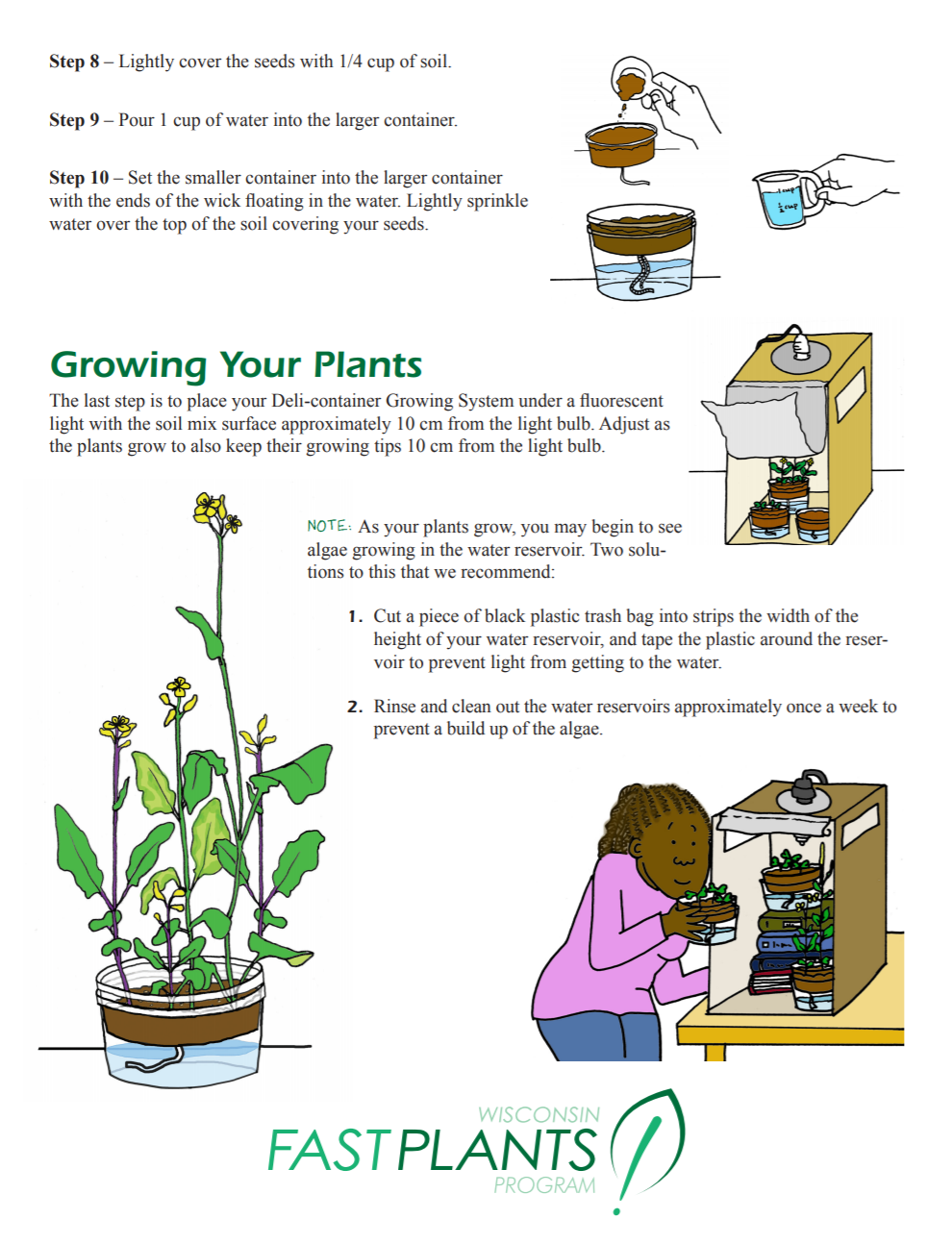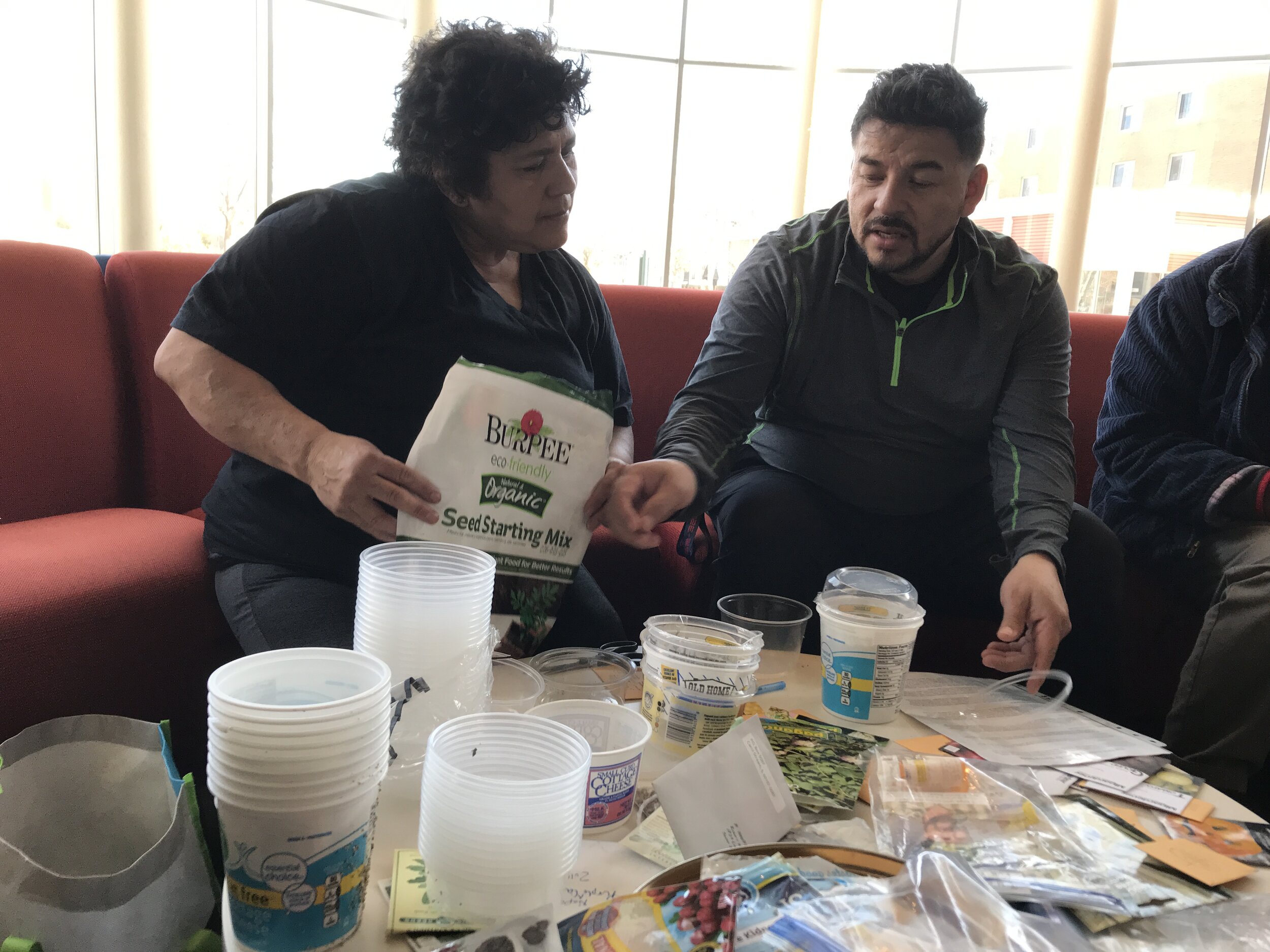The wicking container method; Start pepper, eggplant & okra seeds in mid-March
your pepper harvest plans begins in late winter
Warm season veggies now
Some of our warm season vegetables favorites need indoor starting by mid-March! This includes peppers, eggplant, okra (and onions if you have not done them yet). With this post, I am sharing how to do this without the need for a traditional set-up of shelving with lights, fans and seed mats. You can certainly go the route of traditional seed starting, follow the link to find details how. However, in this time of avoiding extra shopping trips, here is a method that uses supplies you might have on hand. Not only can you use up-cycled deli-style containers (or similar) to create a wicking seed starting system, it is also easier to maintain.
Why do we need to start some plants indoors? Due to the short growing season in Minnesota, some of our favorite veggies need to be planted into our garden as transplanted seedlings so they get enough days of growing. Other crops can be grown by direct sowing seed on garden soil, but not the plants we are focusing on today. Getting these warm & long-season crops started indoors ahead of frost helps provide the tomato, cucumber & onion family of plants enough sunny and warm days to produce fruit. Okra is another example, as are some herbs.
Can you use the winter sowing method with warm season plants? Yes! If that technique works well for you, go ahead and use the method I shared for native flowers, but you should probably wait until April to ensure better temperatures. Warm season crops that are winter sown will lag behind transplants grown indoors, though in most seasons, they catch up fine. If you are concerned about getting the most of your warm season crops, then starting them indoors may give you an additional week or 2 of production, depending on the weather. A more complete list of warm versus cold season crops is found at Penn State Extension.
Onto the wicking method featured today-
This resource from the University of Wisconsin has a downloadable link for instructions to set-up wicking seed starting containers. I first learned about this technique from a Frogtown neighbor and then my friend Ana demonstrated the technique. I found it to be so much easier than traditional methods since daily watering is eliminated. Especially since 1 or 2 plants for a home garden may be needed because they are large plants! I like to have a few different varieties of tomatoes, peppers, cucumbers. I do offer these adaptations to the linked instructions:
Switch to regular potting soil if you have it, (instead of the soilless mix + fertilizer). Use what you have to limit errands. The winter sowing post includes some local sources of potting soil)
Upsize to the 16oz container for your soil and the 32oz for your water reservoir (skip the 8oz size unless you use it for a temporary lid until the seeds sprout). Upsizing will give more room for root growth and allow plants to remain in this system for a longer time.
Reduce the number of seeds to 4-6 to limit overcrowding. Go ahead and plant more, just be prepared to cull your emerging seedlings.
You are not limited to deli containers. Cottage cheese, yogurt and similar work just fine. You can find any 2 containers that nest well and give it a go as long as there is enough room in the water reservoir for both an air gap + water. You may need to adjust the number of seeds if the containers are smaller.
Simplify the lighting- set them under a table lamp that has a fluorescent or LED bulb. Have a timer available for that lamp? Even better.
Get your peppers into these containers this week in mid-March! Okra too. Onions should have been done a couple of weeks ago, but I would do them without delay too. With onions, you can sprinkle a lot more seed in each container, they do just fine being crowded and then separated at transplanting.
I will remind you later that In early April, you can do this same technique for tomatoes. In late April, all of the cucumber family relatives such as squash and melons can be started this way, as well as your basil!






